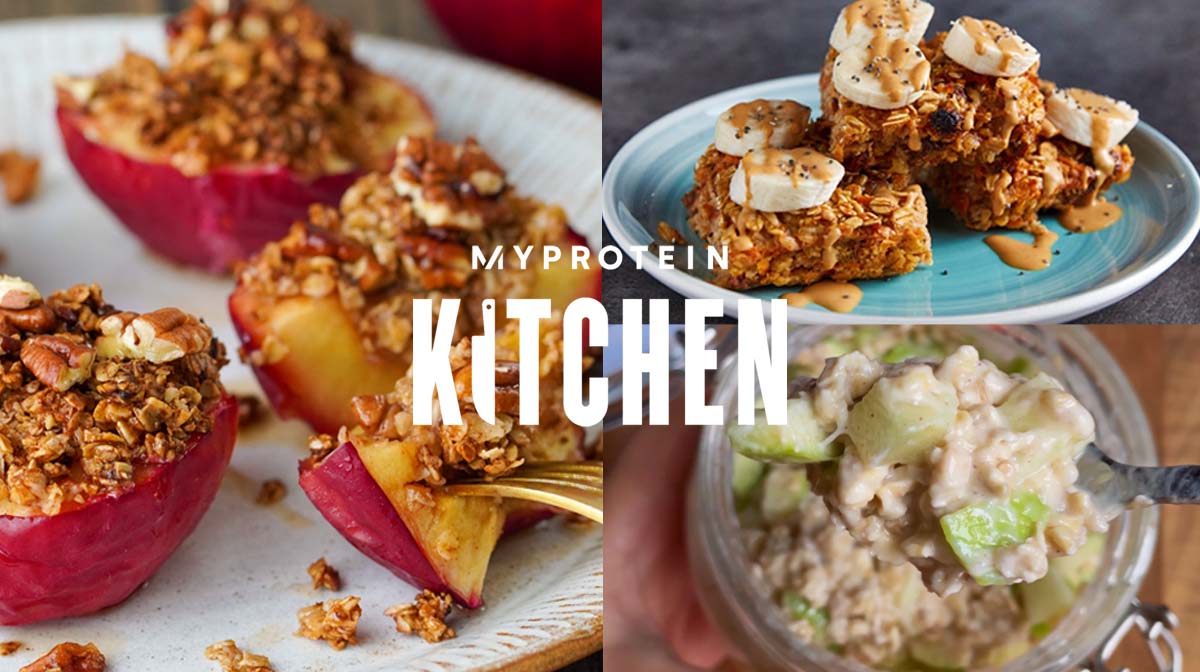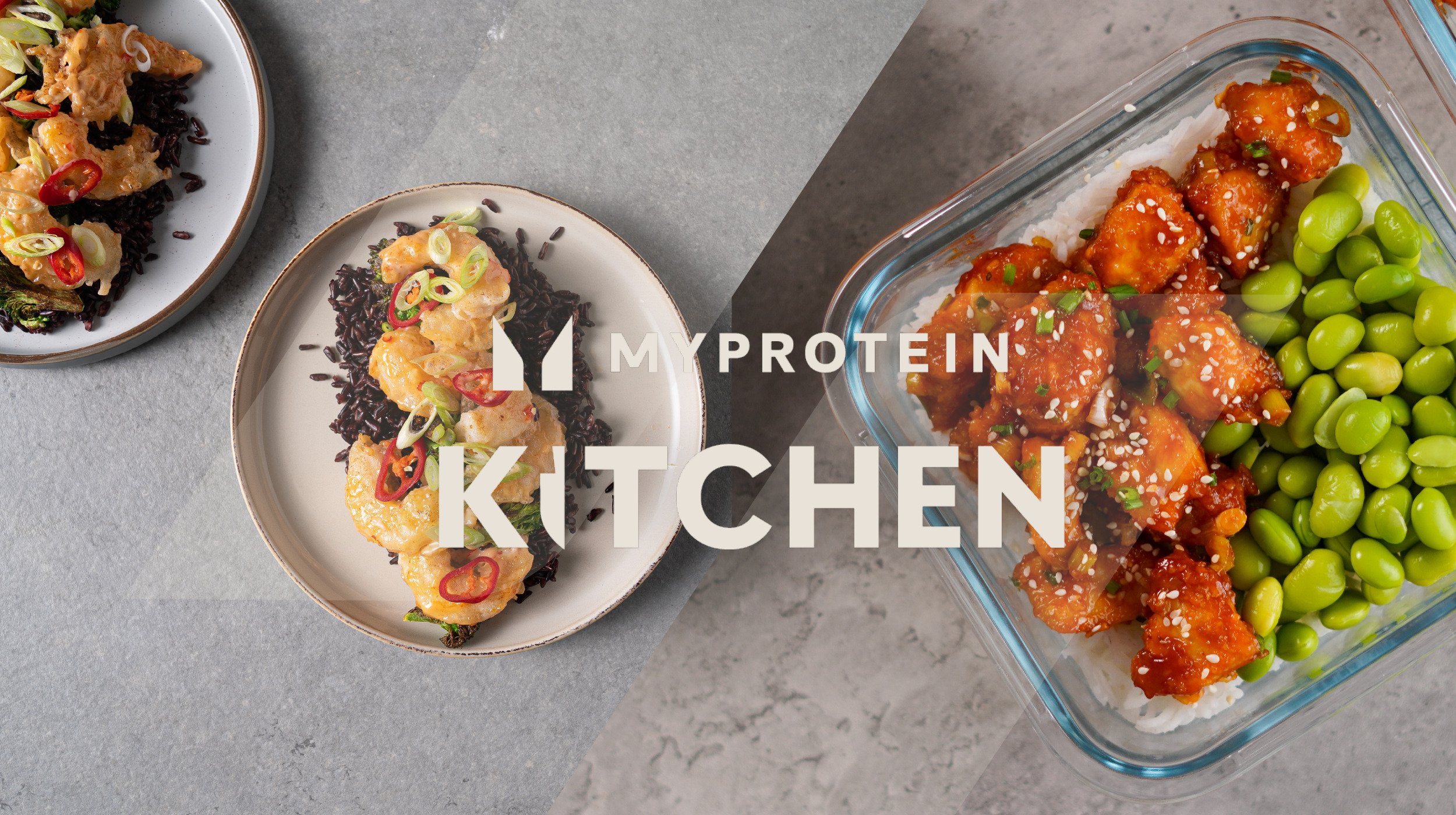
“Calories in, calories out” is a phrase commonly heard in health and fitness circles. But what does it actually mean?
Here’s the lowdown on calories and how to calculate your energy requirements to support your fitness goals.
You'll find in this article:
- What is a calorie?
- What is BMR?
- What is TDEE?
- What is energy expenditure?
- How to calculate your BMR
- Factors that influence BMR
- Ways to increase your BMR
- How to calculate your TDEE
- Ways to increase your TDEE
- How to adjust your targets for weight loss

What is a “calorie”?
The technical definition of a calorie is the energy required to raise the temperature of 1 gram of water by 1 degree Celsius.
But to most people, calories represent the energy that a food or drink provides. All bodily processes, from breathing and thinking to digesting food, require energy. Calories are the unit we use to quantify this energy.
What is BMR?
BMR stands for basal metabolic rate, which is the amount of energy that your body requires to fuel its vital functions. It represents the minimum amount of energy that your body requires to simply function at complete rest.
What is TDEE?
TDEE stands for total daily energy expenditure, which is the total amount of energy that your body requires day to day.
This includes your BMR plus the energy you require for all regular physical movements, like getting dressed or walking to the car, and exercise.
It also includes diet-induced thermogenesis, which is the energy required to digest and absorb different nutrients. On average, this accounts for approximately 10% of the calories that the body requires each day.1
What is energy expenditure?
Energy expenditure refers to the energy your body needs for various functions throughout the day. To maintain the same weight, your calorie intake should match your energy expenditure, creating an energy balance.
How to calculate your BMR
Direct calorimetry is the most accurate way of calculating individual needs. This method measures the rate of heat loss using a calorimeter.2 Unfortunately, it’s also prohibitively expensive.
Fortunately, there are numerous estimation calculations you can use to figure out your calorie needs. The most widely used is the Harris-Benedict equation, but it’s the Mifflin-St Joer equation (below) that is the most accurate.3
Women: 10 x weight (kg) + 6.25 x height (cm) − 5 x age (years) − 161Men: 10 x weight (kg) + 6.25 x height (cm) − 5 x age (years) + 5Factors that influence BMR
As you can see from the equation above, physical factors like sex, weight, height and age are what mainly influence BMR. But other factors play a role too.
Body composition
Muscle requires more energy than fat, so those who have greater lean muscle mass and lower body fat usually require more calories.4,5
Gender
Men typically have higher requirements than women, usually due to typically having more muscle, lower body fat, and being taller.
Environmental factors
Temperature can impact BMR as the body has to work harder to maintain its normal temperature, eg sweating to cool down when hot.
Hormones
Fluctuations in hormones can influence energy expenditure. For example, various studies have found that during the luteal phase of the menstrual cycle, women can experience up to a 20% increase in their metabolic rate as a result of the increase in progesterone.6-8
Ways to increase your BMR
You may have heard about things that you can do to “speed up your metabolism”, but the truth is it’s not something that can simply be ramped up on demand.
However, there are things that you can do that will mean that you use and require more energy, like eating properly and exercising regularly.
Crash diets should be avoided as they’re unsustainable for weight loss and actually lead to a reduction in metabolic rate.9,10
Resistance and high-intensity interval training (HIIT) are two of the best metabolism-boosting exercises.11-13 This is because they both support the growth and maintenance of lean muscle mass, which requires more energy than fat.4,5
You might be interested in...
10 Low-Cal Breakfast Recipes
Every single one of these delicious options are under 350 calories.
How to calculate your TDEE
Your TDEE is your total daily expenditure, so this includes your BMR plus any energy required for movement. This includes intentional exercise, but also the less rigorous activity you do during the day, known as non-exercise activity thermogenesis (NEAT).
To calculate your TDEE, you need to first calculate your BMR. Once you’ve done that, multiply your BMR by your physical activity level (PAL) to get your TDEE.14 PAL values should account for both your exercise and NEAT activity.
PAL Values
- Sedentary (little to no exercise): 1.2
- Lightly active (light exercise or sports 1-3 days a week): 1.375
- Moderately active (moderate exercise or sports 3-5 days a week): 1.55
- Very active (hard exercise or sports 6-7 days a week): 1.725
- Super active (very hard exercise and a physical job or training twice a day): 1.9
Ways to increase your TDEE
Those who want to lose weight may wish to increase their TDEE so to create an energy deficit.
You can increase your TDEE by increasing your daily activity levels. One of the best ways to do this is through regular daily exercise, but there are other things you can do that contribute. Simply parking your car a little further from work to get in a few extra steps will increase your overall activity levels and energy expenditure, even if only slightly.
Eating more protein can also help, as protein can take up to five times more energy to digest than carbohydrates and even more for fats.15,16
How to adjust your targets for weight loss or gain
Now that you know your TDEE, you have a good idea of how much energy your body typically requires to maintain weight. You can easily alter these figures to work out how much you need to support your health and fitness goals.
TDEE for Weight Loss
To lose weight, you need to be in a calorie deficit, which can be done by consuming fewer calories than your TDEE. Aim for a deficit of 400-500 calories per day for a steady and sustainable weight loss.
You could also increase your TDEE (eg by increasing your activity levels as mentioned above) and create a smaller deficit through your food intake, which would have the same effect on energy balance.
TDEE for weight gain
If you're looking to gain muscle, your body will require more calories than your TDEE. Add 250-500 calories per day to your TDEE, and focus on protein intake and proper resistance training.
When gaining muscle mass, it’s normal to also gain body fat. You can manage this by being conservative and consistent with increases to your energy intake.
You might like...
FAQs
How accurate are BMR and TDEE calculations?
Estimate equations provide a great guide to how much you should be eating, but they are not 100% accurate due to the body’s daily fluctuating energy demands.
What are some common mistakes people make when calculating their BMR and TDEE?
Under and over-estimating activity levels can impact TDEE and therefore individual targets, so it’s important to use accurate measurements when calculating BMR and TDEE.
It’s also important to remember that energy demands change with weight loss or gain, so BMR and TDEE calculations may need to be adjusted.
How often should I recalculate my BMR and TDEE?
Whenever there are notable changes to body weight. Not every fluctuation in weight means that figures should be recalculated, but significant changes of 5-10% will likely influence TDEE.
Can I use my BMR and TDEE to track my progress?
Calculating BMR and TDEE can be used to help track progress as they serve as a good reference point. If you’re failing to see the desired weight gain or loss after a few weeks, you can adjust your targets.
How do I adjust my calorie intake if I’m not seeing results?
It’s understandable to believe you need to adjust your calorie intake if you’re not seeing immediate results. However, calorie targets don’t need adjusting as frequently as people think, and sometimes it’s a matter of more patience being required.
Avoid dropping calories too low when you start as this leaves less room for adjustment later on. Additionally, after extended periods of dieting, the body typically adjusts to eating less and weight loss can often slow down. This is the body's way of preserving energy during periods of starvation and explains why weight loss isn't always a linear process.
Also consider your sleep and stress levels as these can lead to hormonal fluctuations which can impact both weight loss and muscle mass development.
If after 2-3 weeks of consistency there are no changes, you may benefit from recalculating your targets.

Take home message
Knowing your energy requirements is one of the best ways to support your health and fitness goals, but you don’t need to place too much importance in tracking every single calorie.
Focus on getting the right balance rather than obsessing over exact calorie counts. What you do consistently over a long period matters most, so don’t stress too much if you go over under or over much on any single day.
If, after a few weeks of consistent effort but diminishing results, take another look at your calorie consumption, activity levels and energy expenditure, and see if you need to readjust slightly to get back on track.
READ THESE NEXT:

Build Muscle, Lose Fat | Scientists Close In On Holy Grail
These guys made gains and lost fat all in just 4 weeks.

10 Low-Cal Breakfast Recipes
Every single one of these delicious options are under 350 calories.

Our articles should be used for informational and educational purposes only and are not intended to be taken as medical advice. If you're concerned, consult a health professional before taking dietary supplements or introducing any major changes to your diet.
1. Mifflin, M. D., St Jeor, S. T., Hill, L. A., Scott, B. J., Daugherty, S. A., & Koh, Y. O. (1990). A new predictive equation for resting energy expenditure in healthy individuals. The American journal of clinical nutrition, 51(2), 241-247.
2. “Human energy requirements: Energy requirements of adults” (2004). Report of a Joint FAO/WHO/UNU Expert Consultation. Food and Agriculture Organisation of the United Nations.
3. Morton, R. W., Murphy, K. T., McKellar, S. R., Schoenfeld, B. J., Henselmans, M., Helms, E., … & Phillips, S. M. (2018). A systematic review, meta-analysis and meta-regression of the effect of protein supplementation on resistance training-induced gains in muscle mass and strength in healthy adults. British Journal of Sports Medicine, bjsports-2017.
4. Babault, N., Deley, G., Le Ruyet, P., Morgan, F., & Allaert, F. A. (2014). Effects of soluble milk protein or casein supplementation on muscle fatigue following resistance training program: a randomized, double-blind, and placebo-controlled study. Journal of the International Society of Sports Nutrition, 11(1), 36.
5. Yarasheski, K. E., Zachwieja, J. J., & Bier, D. M. (1993). Acute effects of resistance exercise on muscle protein synthesis rate in young and elderly men and women. American Journal of Physiology-Endocrinology And Metabolism, 265(2), E210-E214.

Related Articles








